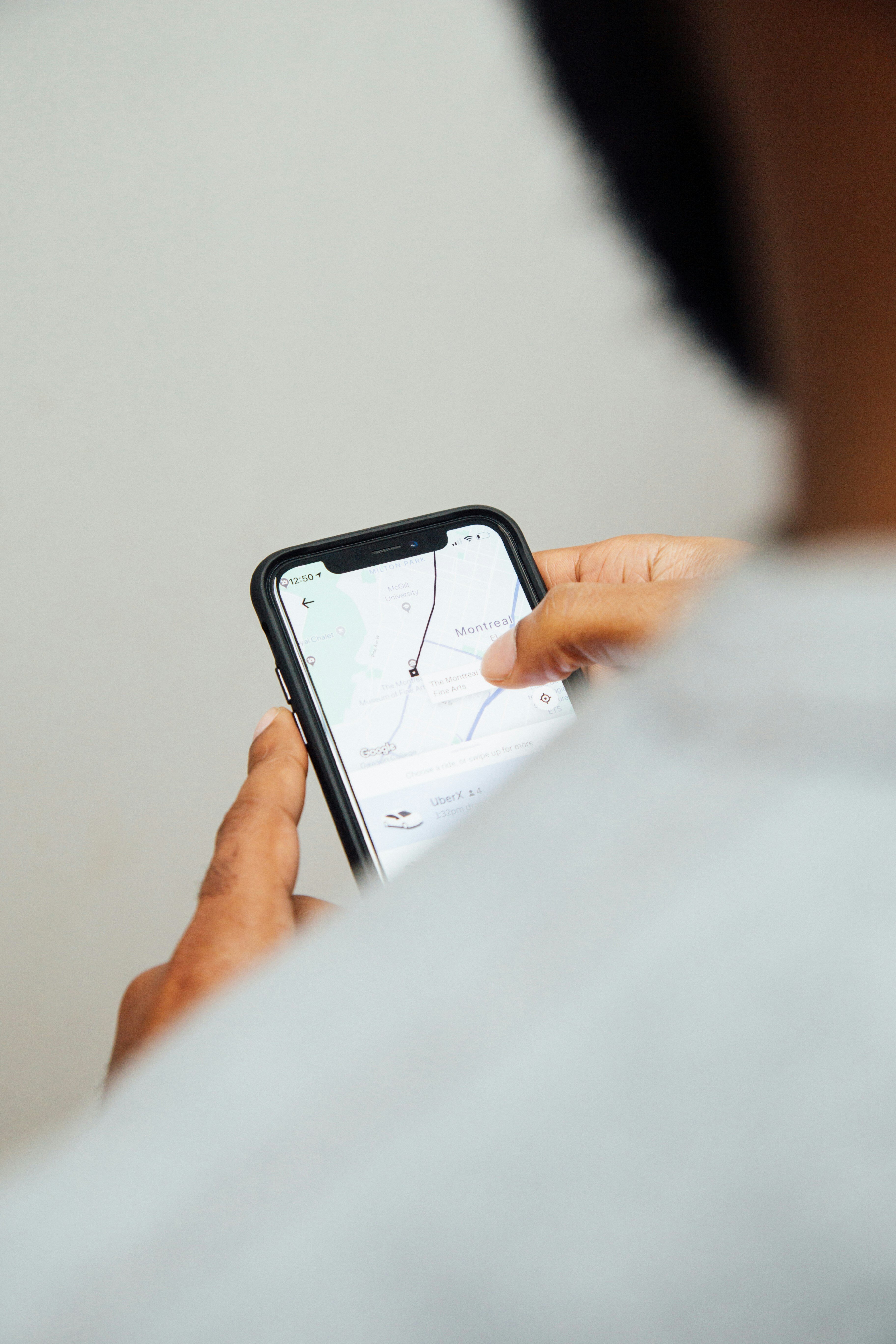5 Successful MVPs That Turned into Billion-Dollar Apps
Many billion-dollar app ideas began with a simple MVP. A minimum viable product (MVP) helps test market demand, validate your idea, and collect...

The first steps in your product development process are essential. Build a minimum viable product (MVP) to validate your software idea and gather valuable feedback from your target audience.
An MVP is a critical stepping stone to help you learn what’s needed to develop a product that performs well in the marketplace.
As a SaaS or startup founder, it allows low-risk testing before investing thousands of dollars. Helping you minimize risk and development cost, so you can focus on the features that will scale effectively. This checklist provides a clear, detailed path to successfully building your MVP.
A Minimum Viable Product (MVP) is an early version of a software application or app that includes only the core features needed to solve a specific user problem. It’s designed to deliver immediate value, validate product-market fit, and gather feedback with minimal investment. As Eric Ries of The Lean Startup says, “Remove any feature, process, or effort that does not contribute directly to the learning you seek.”
In the world of SaaS and tech startups, an MVP is often called “Version 1. " It is a starting point for testing assumptions, engaging early adopters, and iterating quickly based on real-world input.
The purpose of developing a minimum viable product in software and app development is to save time and money in the long run. As an MVP doesn’t come with all the bells, whistles, and “nice to have” features, it requires less time to develop. The minimum viable product can reach beta testing or a market rollout sooner. This allows the actual user base to test the product and provide feedback.
Early feedback can determine the future of what features need to be added and allows developers to be sure that what is being built is what is wanted. Instead of spending hours developing features that no one wanted, just to strip all that out, and then add in the features that the users do like, the MVP model allows a business to be exact in where they spend time and money.
During this feedback-gathering stage, an MVP also delivers evidence of market validation. Seeing the reaction of real users will provide insight as to how the full product will do in the market, but with the cheaper investment of just a minimum viable product.
The checklist of what is required for a successful MVP can be distilled into three categories:
Let’s look at what’s involved in each category and the action items for building an MVP that succeeds in the marketplace.
→ Build an MVP that attracts early adopters through a unique process we call the SolutionLab
The first step is clearly outlining the problem you’ll solve and who you’ll solve it.
First, decide who you’ll target and dig into understanding their needs and challenges. This can be done through interviews and market research. Additionally, investigate competitor companies and products to get a thorough understanding of what’s currently available in the market and how customers are responding.
Determining who your target user base is will establish a guiding light and keep conversations on track later in development.
Some questions to ask:
After you understand your target market's needs and challenges, select one major problem you wish to solve with the MVP. You want to be sure there’s a business opportunity and solid value for your target audience of intended customers.
This can be considered the “value-add” stage. Why would someone want to use this product? An audience segment could have many problems, but establishing the main one as a goal helps prevent bloat in building the MVP. Clearly identifying the benefit to users defines why something has value to potential customers. This statement will come in handy later in pitches for fundraising.
As you research, you’ll find other problems that need to be solved and uncover other features that would benefit your users. While you can’t focus on them now, keep a list of these items.
Additionally, you’ll want to establish your long-term goals for the MVP, such as:
Having a strategy in place, even if it evolves with feedback, helps ensure your MVP delivers real value to your users and your business.
The next stage is to map each user type's steps while using your product.
Consider how each user type will interact with your product. What tasks do they need to accomplish? What environment will they be using the product in? Look with fresh eyes from each user type's perspective.
Think about the user's goals. Do they want to buy something? Search for something? Order something? How are they feeling during these stages? This section isn’t about features but the user's needs and mindset. Mapping these clearly will help define the initial features needed to support each goal within the MVP.
Focus on keeping each task as simple to accomplish as possible. The fewer clicks required to complete an action, the better. If the product isn’t convenient to use, people won’t use it.
Remember, more processes and features can always be added to version 2 after the MVP is released. Users will have no idea what your app, software, or product is about, so it’s key to keep it streamlined to give your audience focus and clarity around your product.
Define the user flow for each task each user type will complete. Outline the stages of each process and then define the steps needed to reach the main objective for each process.
To conceptualize, think of simple tasks like finding a product or booking a service on an app. Imagine where the user would start, how the user might filter results, what happens next, etc.
Once you know that you want a user to start at point A and end at point B, you can describe that process and understand the most straightforward, cheapest way to make it happen.
Identify the core functionality that a product cannot do without to build the simplest functioning version effectively.
There are many frameworks for determining which features should go into V1 and which should be saved for later versions. Some of the more popular include:
Regardless of the method, the goal is to decide on a prioritized list of features required to release the product. Anything not determined to be a priority from the user’s perspective can be reserved for future releases.
Custom code MVPs give you complete control over functionality, integrations, and user experience. Unlike alternatives, such as Vibe coding tools, which are great for testing ideas quickly, custom-built solutions offer the flexibility and scalability needed for long-term success.
If your product needs unique logic or complex workflows, or you’re building with future funding in mind, custom code is the reliable foundation. While this path typically takes more time and budget upfront, it pays off with stronger performance and better security.
Here's a quick-reference summary of the 8 essential steps to building a successful MVP:
-png.png?width=6198&height=5484&name=1200%20x%20628%20px%20(2)-png.png)
Notion launched as a clean, web‑based note-taking app focused on flexibility, letting users create pages with text, images, and tables. By engaging early adopters via word‑of‑mouth, Reddit, and Product Hunt, they refined core workflows and scaled into the all‑in‑one workspace we know today.
Today it’s a robust business that provides information on hiking trails ranging from offline map downloads, trail elevation maps, and even safety and navigation tools. When it started though, it was a simple app for hikers to rate local trails. As AllTrails gathered feedback from users, they strategically developed those features, growing them into the million dollar company they are now.
Figma initially released a simple collaborative design tool that solved the pain of team-based mock-ups. Their core feature, real‑time collaboration, addressed the needs of remote design teams effectively, helping them grow into the go‑to UX platform.
Instead of building full backend infrastructure, Dropbox’s MVP was a short explainer video showing file syncing in action. The video convinced users to sign up, helping them validate demand before writing a single line of code.
By launching with only the most essential features. This reduces the risk of overbuilding features users don’t need and helps founders pivot based on honest feedback, not guesswork.
MVP success metrics focus on validating initial hypotheses, such as engagement, activation, or churn. Product market fit comes later, when consistent user demand and retention prove that your product meets a strong market need. One is a test; the other is confirmation.
It depends on your goal. If validating willingness to pay is a core assumption, including a basic payment flow can be crucial. Keep it lightweight and testable.
After building and launching your MVP, connecting with your users for feedback and market validation is important. Since you built the MVP with just enough features to satisfy early customers, this feedback is essential to successful future product development. Customer feedback can be provided directly, through interviews and surveys, or indirectly, through analyzing traffic, sign-ups, and engagement.
The power of the MVP is that it shortens the learning cycle to create the best product version as quickly as possible. It will also help strengthen your connection with your customers by involving them in the process, soliciting feedback. And it will help prevent wasting resources by developing features you later realize aren’t important to your customers, or failing to include those essential to them.
Ready to Start Your MVP Journey? Ask Yourself:
If you answered “yes,” you're ready to take the next step.
Learn how Designli uses the MVP process to turn great ideas into market-ready apps. [Get in touch.]
You might also like:
Subscribe to our newsletter.

Many billion-dollar app ideas began with a simple MVP. A minimum viable product (MVP) helps test market demand, validate your idea, and collect...

Launching a successful product is challenging, but it doesn't have to be a gamble. There is a way to test the waters, validate your idea, and gather...

A minimum viable product (MVP) is a powerful tool that enables your company to test a product idea with prospective users without a full build-out,...
Post
Share